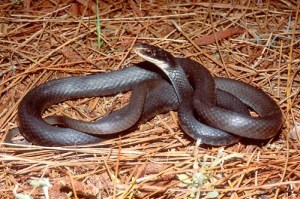The Pond by Amy Lowell
There is nothing like a water feature to make a big splash in your garden. Once again, pun intended. Even a small container of water with a potted papyrus plant or elephant ear adds a special grace note to a flower bed. We have a large backyard, by urban yard standards. Slightly less than a double lot, or close to 1/2 acre. I knew I wanted a pond in the center, set up to be the main focal point. For a long time, we talked about digging a large, free form pond with a waterfall and stream, but one day, we realized we were never going to have the time or energy to get it done by ourselves, so we needed to go to Plan B.
Visiting a local feed and farm supply store, I purchased a 6′ x 2′ galvanized trough and had it delivered. I would have been happy to set it up as is, and go with the country look of galvanized metal, but Mark, being the bricklayer of the family, wanted to tie it in with our patio and brick pathways already being established. Two feet tall is higher than you might think, so we decided to lower the profile a bit and set the trough into the ground about 8″ deep. Perfect.
After leveling the pond in place, we filled it with well water, and hooked up the pump.
Then Mark stacked bricks around the pond to enclose it…
…taking a few breaks, here and there…
…and voila. A beautiful brick pond!
The entire project, including setting up the pump and the bamboo spitter, only took one weekend.
The pond today, with additional brickwork walkways and seating areas.
As you can tell, many, many more bricks have been laid since the pond was set up a couple of years ago. Most of our backyard is a courtyard now, with free flowing flower beds here and there. It’s wonderful. No mowing or fertilizing a huge lawn, for one thing. And so many places to pull up a chair and sit. The pond is home to fat, colorful goldfish, and a few frogs can be heard there on summer nights. The sound of the water is relaxing and helps disguise the sound of nearby traffic. It’s the best thing we ever did out back, and I’m so glad we aren’t still waiting to dig a bigger one. This one is actually perfect for us!
If you have added a pond to your garden, I’d love to hear about it, and see pictures, too.




































